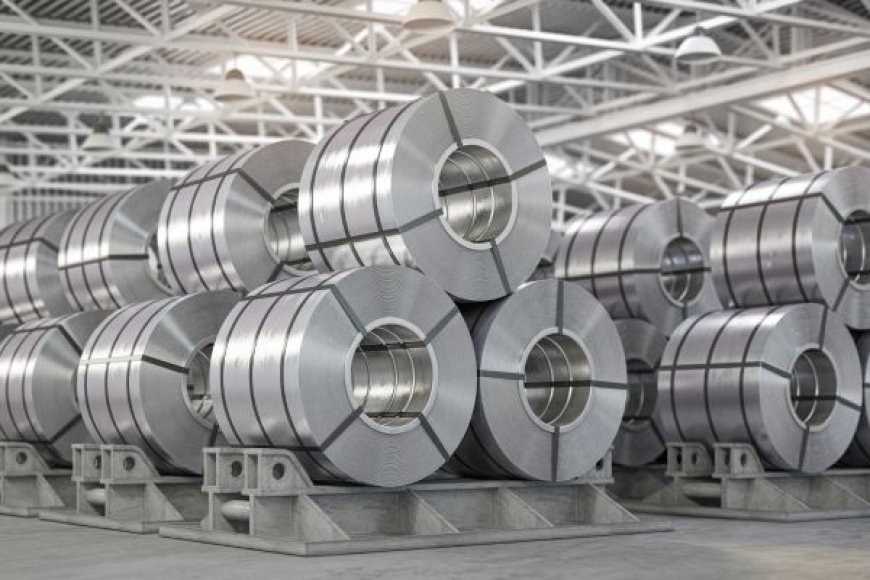Unveiling the Factors Behind Galvanized Steel Prices in India
The cost of galvanized steel is closely linked to the prices of its primary raw materials: steel and zinc. Steel prices are highly reactive to international supply and demand conditions. Major steel-producing countries, including China, India, and the United States, significantly impact global steel prices. Any shifts in production rates, trade policies, or disruptions in these nations' supply chains can lead to noticeable price changes.

Galvanized steel, celebrated for its strength and resistance to corrosion, is a fundamental material used across construction, automotive, and infrastructure projects. Understanding its price dynamics involves exploring a range of influencing factors that stretch from global markets to local conditions. Let’s break down the critical components that drive the cost of galvanized steel in India today.
1. Raw Material Prices: The Global Influence
The cost of galvanized steel is closely linked to the prices of its primary raw materials: steel and zinc. Steel prices are highly reactive to international supply and demand conditions. Major steel-producing countries, including China, India, and the United States, significantly impact global steel prices. Any shifts in production rates, trade policies, or disruptions in these nations' supply chains can lead to noticeable price changes.
Zinc, which is crucial for the galvanization process, also experiences price volatility. This volatility stems from fluctuations in global mining output, environmental regulations, and trade policies. Disruptions in zinc production or changes in mining regulations can directly affect the cost of galvanizing steel, leading to potential price increases or decreases based on market conditions.
2. Domestic Demand Dynamics
In India, the demand for galvanized steel is heavily influenced by key sectors such as construction, infrastructure, and automotive. During periods of economic expansion, these sectors drive up demand for galvanized steel, which can lead to higher prices. Large-scale projects in infrastructure, residential construction, and transportation require substantial amounts of this material, pushing prices upward.
Thus, the performance and growth of these crucial sectors play a significant role in determining price trends within India.
3. Regional Pricing Disparities
Within India, the price of galvanized steel can vary significantly from region to region. Major urban centers like Mumbai, Delhi, and Bangalore often experience higher prices due to added transportation costs, taxes, and operational expenses. In contrast, regions closer to steel production facilities may benefit from lower prices owing to reduced transportation and logistical costs.
Understanding these regional price differences is essential for builders, manufacturers, and consumers seeking the most cost-effective solutions. By considering regional variations, stakeholders can make more informed purchasing decisions and optimize their procurement strategies.
4. Galvanization Techniques: Hot-Dip vs. Electro-Galvanizing
The galvanization method used to coat steel has a substantial impact on pricing. Hot-dip galvanizing, where steel is immersed in molten zinc, is a more expensive process but provides superior corrosion protection. This method is ideal for applications requiring enhanced durability.
On the other hand, electro-galvanizing, which applies a zinc coating via an electrical current, is less costly but may not offer the same level of protection as hot-dip galvanizing. The choice between these methods depends on the specific requirements of the steel's intended application and directly influences the final cost of the galvanized steel.
5. Policy and Trade Considerations
Government policies and trade agreements also play a crucial role in shaping galvanized steel prices. Changes in import/export duties for steel and zinc, environmental regulations, and government initiatives aimed at boosting infrastructure can all impact prices.
For example, an increase in import duties on zinc or steel could raise production costs, which would be reflected in the price of galvanized steel. Conversely, government incentives for infrastructure projects can drive up demand, leading to higher prices.
Conclusion: Competitive Pricing with SteelonCall
Navigating the intricate landscape of galvanized steel pricing requires a deep understanding of both global and local factors. From raw material costs and domestic demand to regional variations and government policies, each element influences the market.
At SteelonCall, we simplify this complex market by providing top-quality galvanized steel at competitive prices. Our direct sourcing model ensures that you benefit from the best prices without intermediaries. Whether you're undertaking a small project or a large industrial build, we’re here to offer you the most cost-effective solutions. For premium galvanized steel at the best prices, call us at 08062212000 or visit steeloncall.com.

 kavyasteeloncall
kavyasteeloncall